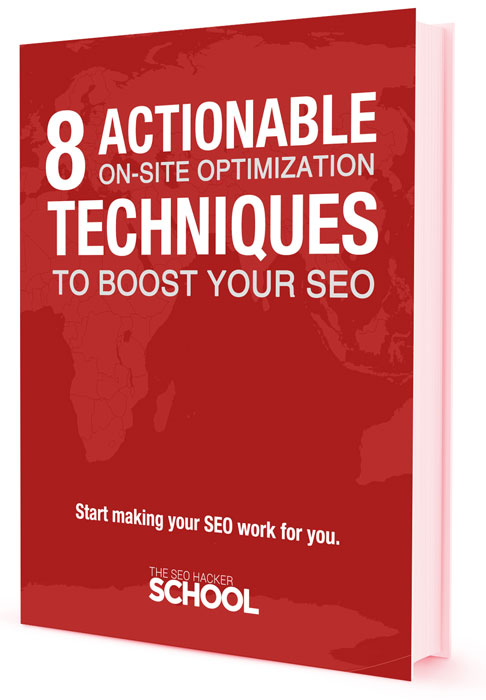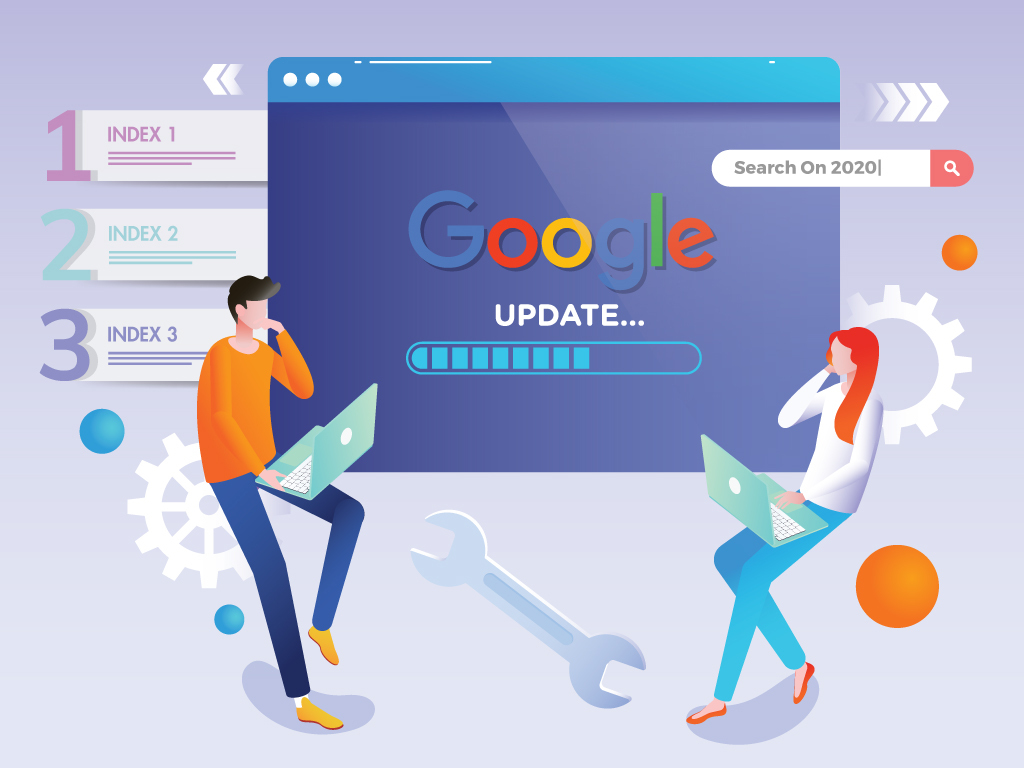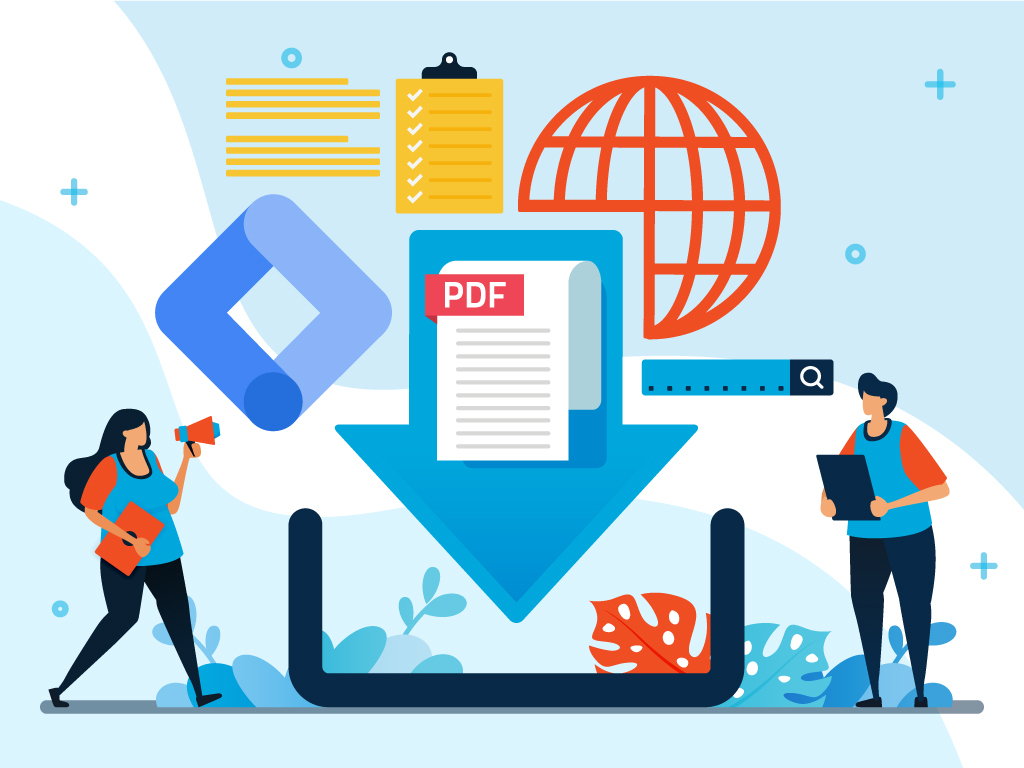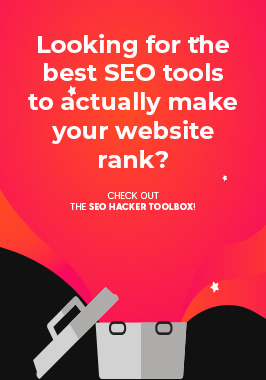
Core Web Vitals Guide Part 4: Cumulative Layout Shift (CLS)
When there are unexpected movements within the contents of a web page, it could be a frustrating experience to a user because it could interrupt something that they are doing on the page.
Just imagine trying to scroll through the catalog of an ecommerce website and suddenly the products started to move left and right on its own and before you know it, you’ve accidentally placed the wrong products in your shopping cart. That is an example of what Cumulative Layout Shift means.
 +63917 712 8496
+63917 712 8496
















